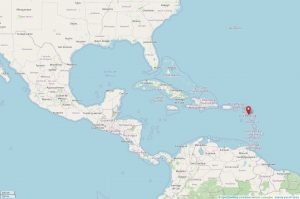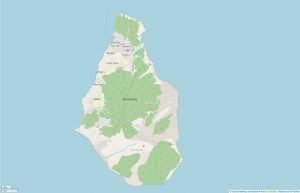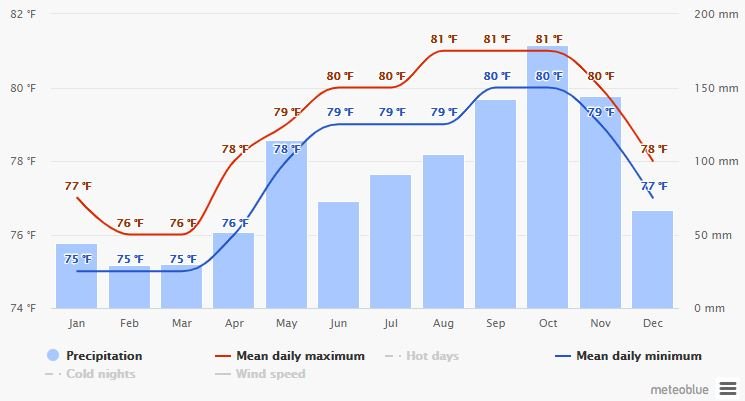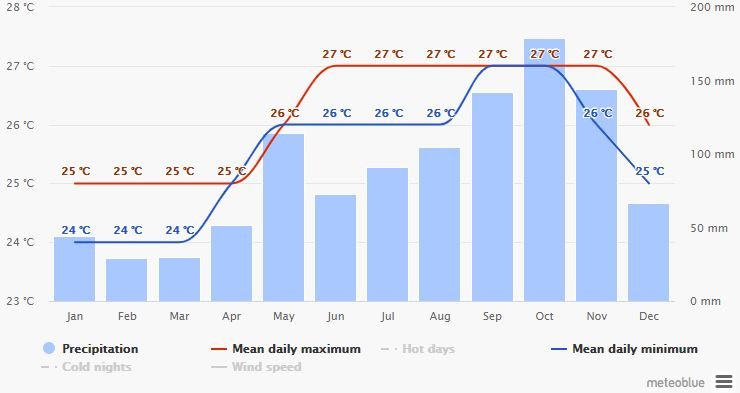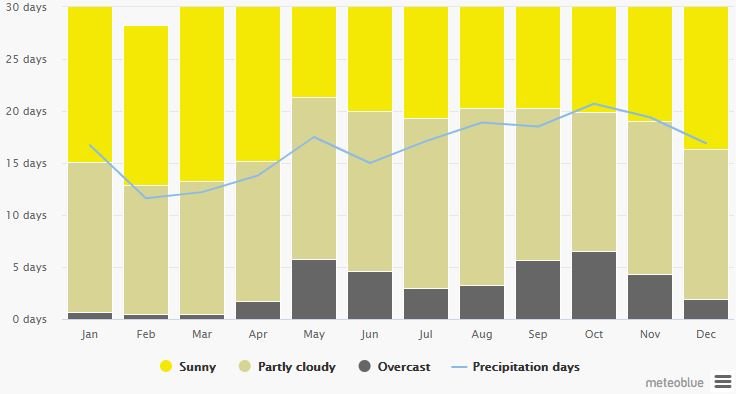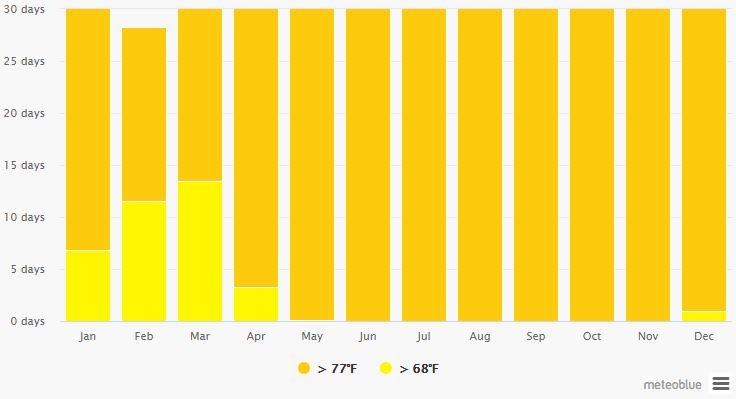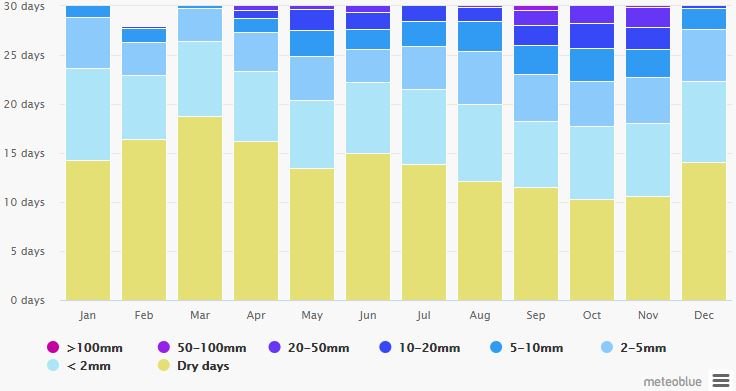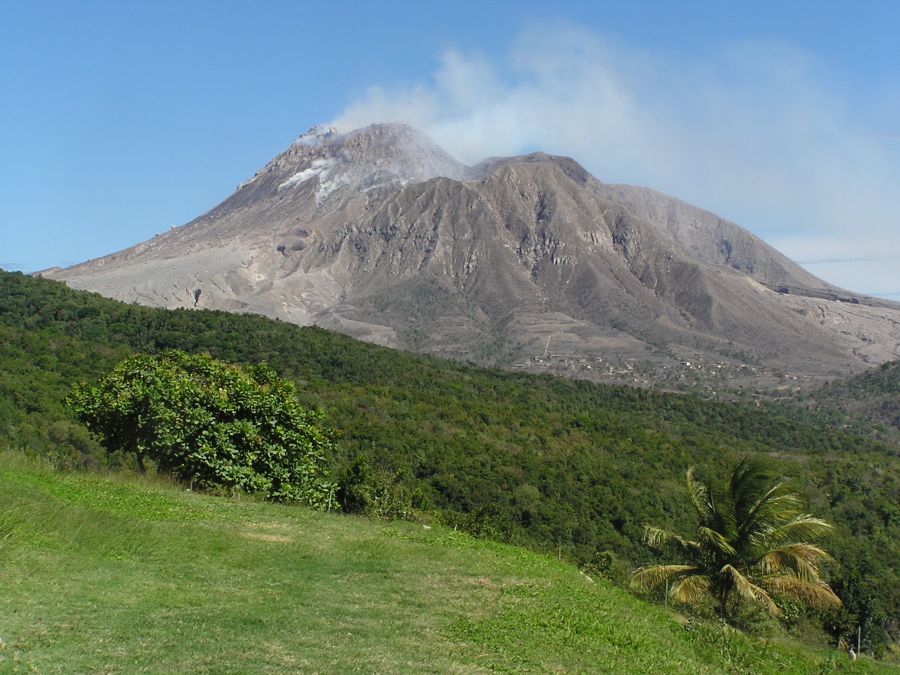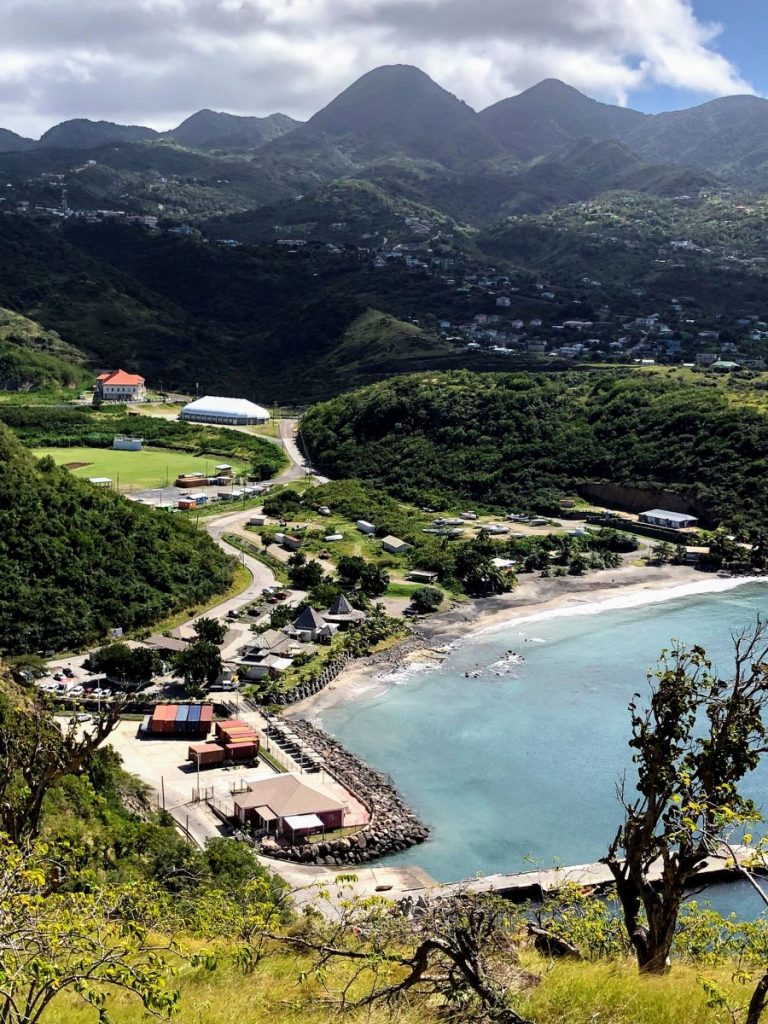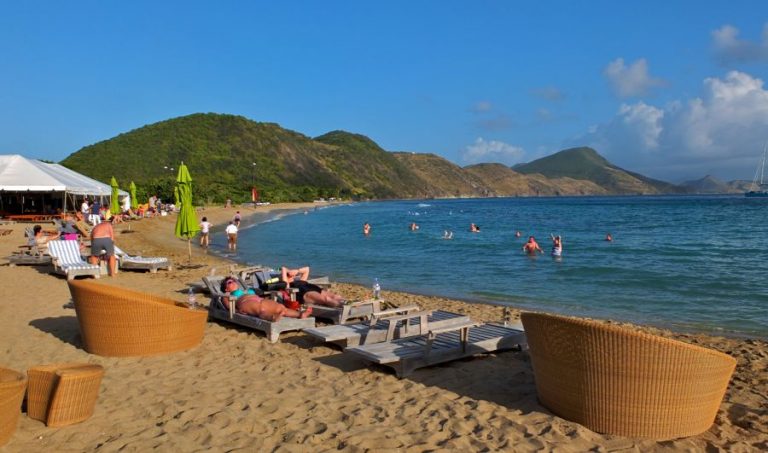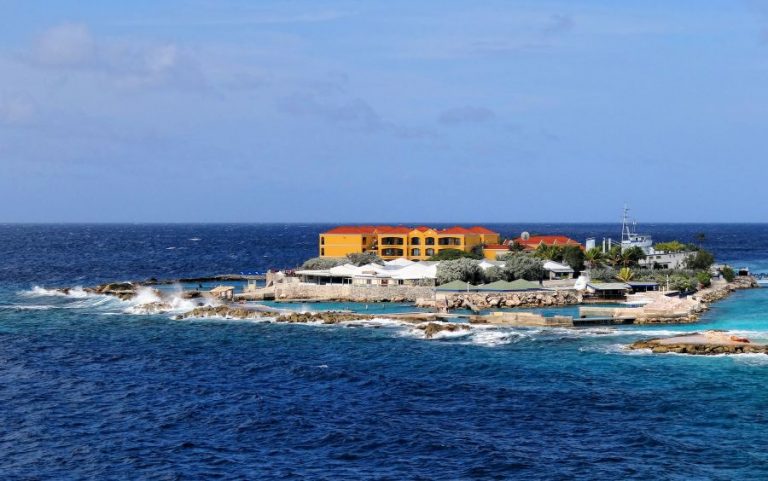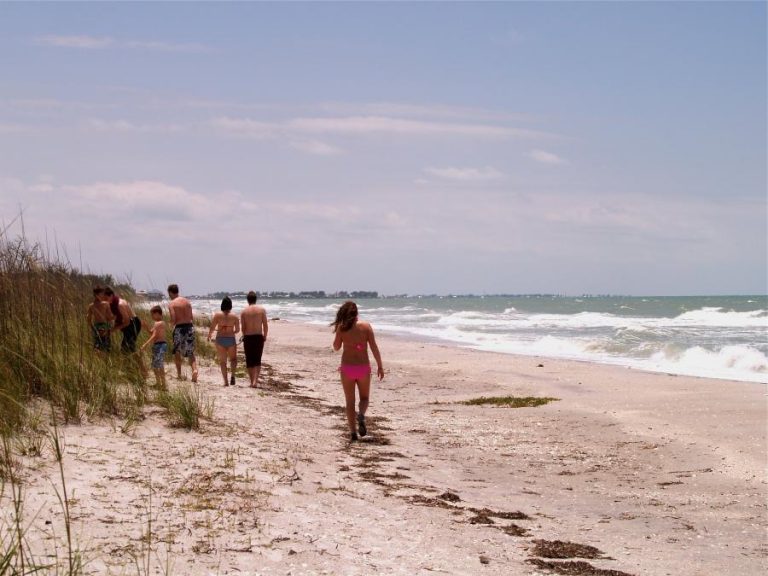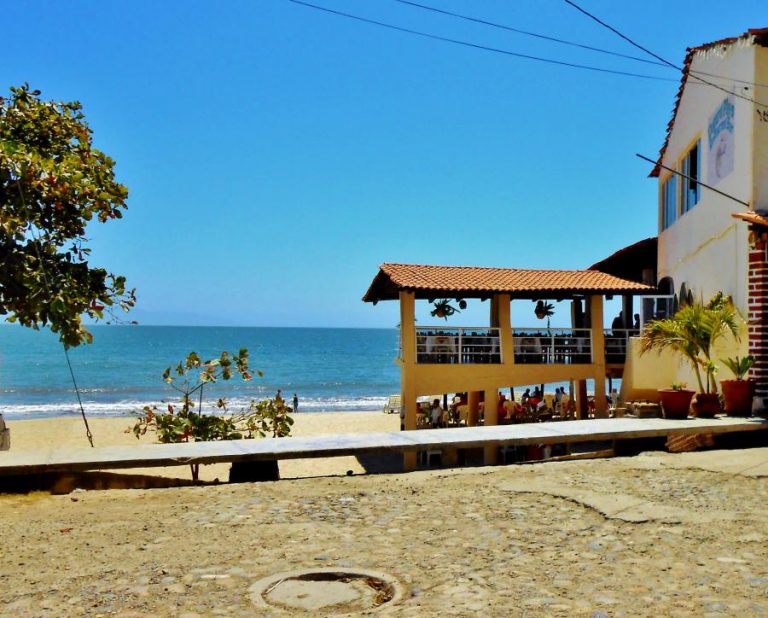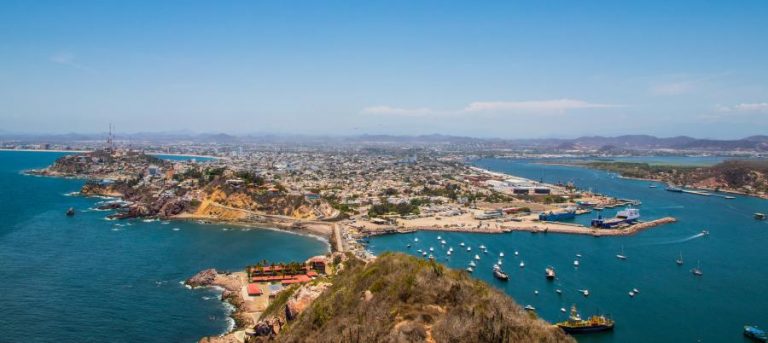Spend Your Fall, Winter, or Spring in Montserrat: Is Montserrat A Good Snowbird Location?
The British overseas territory of Montserrat is located in the Lesser Antilles chain of the West Indies. The small Caribbean island is mountainous and because of its similarities to Ireland in both topography and inhabitants, it is called the "Emerald Isle of the Caribbean. The earliest inhabitants of the island were the Arawaks and later, the Saladoid people and the native Caribs occupied the island.
Montserrat is one of the few countries with an active volcano that was previously dormant before erupting in 1995, causing massive destruction so much that some of the island's inhabitants leave the affected area of the island including the former capital Plymouth. Currently, the island has an "exclusion zone" where volcanic activity is high, and as such visitors are barred from reaching those unsafe areas even though the volcano has not erupted again since 2010. One-fifth of the island is forested with kush vegetation and there are a few beautiful coastal beaches.
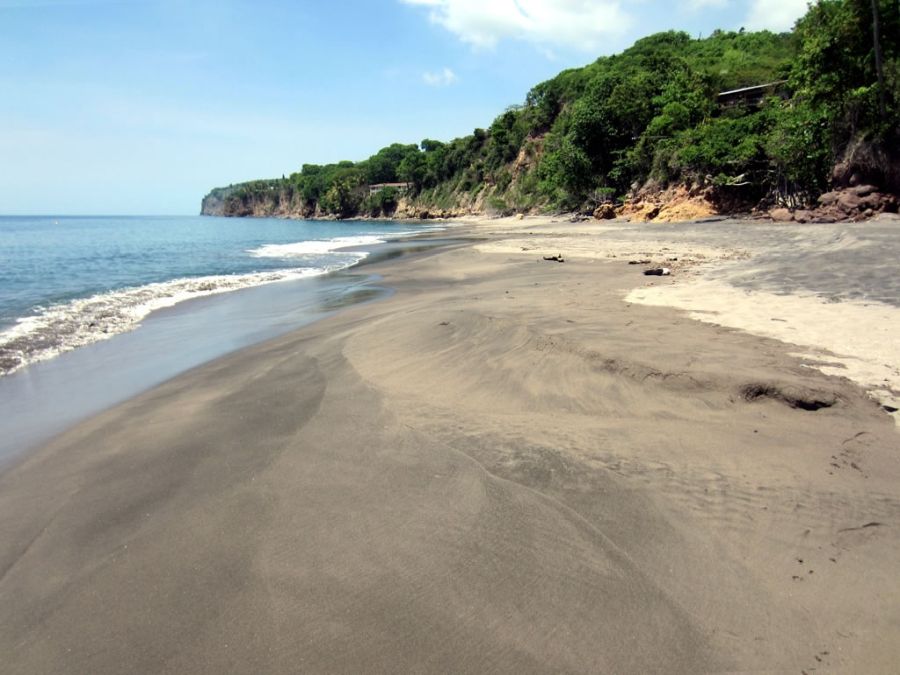
Contents
- 1 Why should people visit during the fall, winter, or spring?
- 2 Climate
- 3 Safety
- 4 Communication, Internet, and cellphone in Montserrat
- 5 Snowbird locations in Montserrat
- 6 Things to see in Montserrat
- 7 Activities in Montserrat during winter
- 8 Shopping + Restaurants. Are they open in the fall, winter, or spring?
- 9 Transport
- 10 Health
- 11 Accommodation
- 12 Packing List
Why should people visit during the fall, winter, or spring?
Montserrat may be a tiny island but it still has lots of attractions that draw visitors to it especially during the winter. For one, the weather is cooler and drier than it usually is in the summer months which makes it perfect for touring the island and taking in as many sights as possible. The people of Montserrat are warm friendly and extremely hospitable. The mix of cultures and ethnicities on the island also leads to interesting architecture and ways of life that snowbirds would find extremely interesting. Most of the people of the islands speak English in addition to a few other languages so you can expect to have no trouble understanding signs and people around you.
Climate
The island has a hot and humid tropical climate year-round. There is very little change in the weather from the summer and winter months however the summer which is also the rainy season is hot, sultry, and more humid while winters and dry and much cooler. The northeast trade winds blow increasingly and steadily around this time thus contributing to the change in weather which is typical of most Caribbean climates. Snowbirds are advised to pack rain protection as well as there is a possibility of light showers in December and January. You may also want to pack warmer clothing like a sweatshirt because it gets colder in the evenings. Average winter temperatures hover around 23°C (73°F). The winter period normally does not see hurricanes (the hurricane season is from June to November).

For more climate information visit Meteoblue
Safety
Most visitors to Montserrat safety concerns usually include worries about natural disasters and although the island's active volcano has not erupted in the last ten years travel to the exclusion zone is banned and visitors are strongly discouraged from going to that area. There is also the vulnerability to hurricanes in the summer. The island is among the safest in the Caribbean with barely any crime and there is a low violence rate against tourists. A few cases of assault between locals may happen but tourists are usually left alone. Remember to still take the necessary precautions that you would anywhere else and keep your valuable items safe at all times. Avoid dark alleys at night and lock your doors and windows.
Communication, Internet, and cellphone in Montserrat
The people of Montserrat speak English so you will hardly run into any trouble as you communicate with them. The street signs, maps, and menus are all in English so snowbirds will have no trouble getting around or understanding menus and ingredients. The locals also speak a Montserrat creole which is a form of broken English similar to the Jamaican creole known worldwide. It is not an official language however you will find that most of the population speaks the language from infanthood.
Snowbird locations in Montserrat
- Cork Hill – a short stop away from Plymouth, Cork Hill is in the Saint -Anthony region of Montserrat and is the second most populated place on the island. It's close to a few attractions as well.
- Salem – although it was evacuated after volcanic eruptions devastated the town and its surrounding areas. It has since been resettled and it is now among the most populated area on the island.
Things to see in Montserrat
- Montserrat Volcano Observatory – most people don't get to see an active volcano all their lives but if you visit the observatory located in Salem, you can get a glimpse of the destruction the once erupting volcano in Soufriere Hills caused and the impact it has had on the island. There are also documentaries, artifacts, and posters that share information and history about the volcano, as well as the impact it made on its surrounding villages.
- Garibaldi Hill – this hill provides an unobstructed view of most of the island like Old Towne, Salem, and the mostly buried ruins of Plymouth, the former capital of the island. you can also get a view of the Soufriere hills and it's volcanic activity form Garibaldi hill.
- Runaway Ghaut – rumored to have mystical powers that draw visitors back to the island even after they have left when they drink from its waters, this ravine carries rainwater from the hills into the sea and is absolutely safe to drink. There is also a walking trail around the ravine and snowbirds can have fun exploring the area.
- National Museum of Montserrat – the museum is located in Little Bay and it displays different exhibits that show off the culture and history from pre-colonial times to the present day.
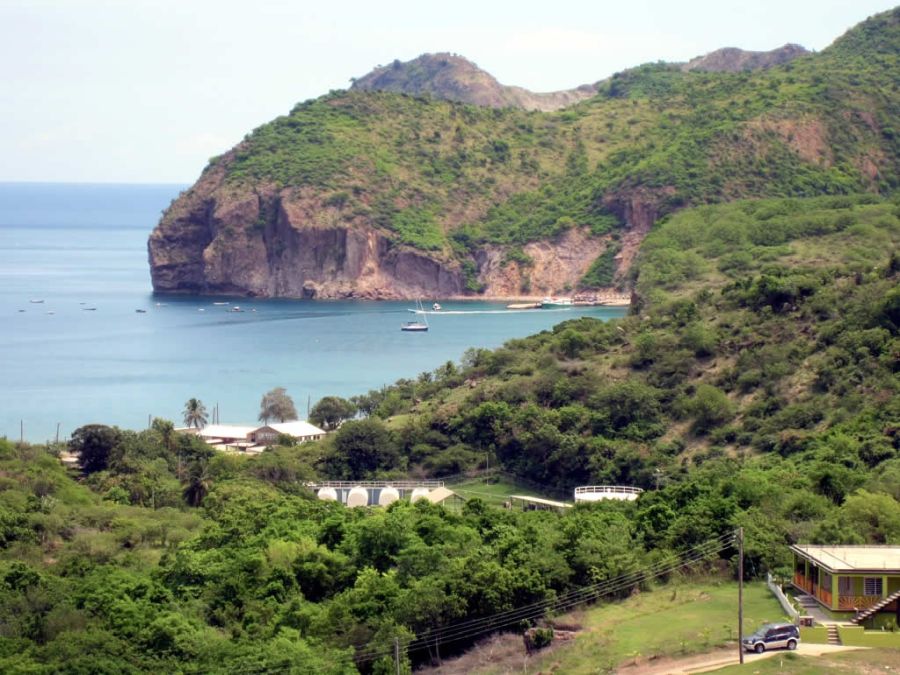
Activities in Montserrat during winter
- Birdwatching – with over 117 species of birds and other wildlife in the lush landscape of the island, snowbirds can observe these beautiful creatures in their natural habitat either on their own or with the help of a guide. There is a famous guide called Scriber who has an amazing skill of perfectly mimicking the call of local birds. They also show you to the petroglyphs carved into a moss-covered boulder which is estimated to be over 1500 years old.
- Visit the botanical gardens – there are a handful of botanical gardens in the Montserrat National Trust where snowbirds can explore different economic plants like key lime, cotton, sugarcane, bananas, and decorative plants. They have a medicinal garden, a dry garden, as well as an Amerindian garden.
- Beach hopping – Montserrat has 9 beaches available to the public with mostly black sanded beaches due to volcanic activity on the island. The beaches usually don't see a lot of crowds so there's ample space to enjoy long walks, take in the scenery, or go for a quick swim.
- Festivals – the island celebrates its share of festivals from December to January and many Montserrat nationals in the diaspora often return home to celebrate with loved ones. There is lots of music, competitions, pageants, music, dancing, Masquerades, and laughter.
Shopping + Restaurants. Are they open in the fall, winter, or spring?
Shops and restaurants are open in the winter during their regular operating hours. Things like locally made volcanic soap, handwoven items, leather goods, and art are sold in the local market at affordable prices although you may still haggle with a vendor before settling on a price. There are a number of souvenir and gift shops around the island as well. There are also several shopping complexes and buildings that have grocery stores and other essential items. To explore the food scene on the island, you can try several fine dining establishments on the island where they serve Caribbean-infused British dishes as well as simple meals like sandwiches and burgers and continental dishes.
Transport
Although Montserrat has its airport, you will have to land in Antigua before taking a charter plane on a 20-minute flight to the island. Another way to get to the island is by fast ferry which is a two-hour ride from Antigua. Ferries are not always functional especially when the sea is choppy.
A popular way of getting around for tourists is by hiring a car as traffic is mild but be sure to get a 4×4 due to the rough terrain. Renting a car costs around $50 (approx. €46, £40, $68 CAD, $77 AUD) a day.
There are taxis and minibusses that run through the island all day and carry locals from one part of the island to the other.
Walking is also another option thanks to the island's tiny size however it can be tasking since the terrain is steep.
Health
Montserrat has basic secondary healthcare facilities enough to cater to everyday ailments or common injuries. Primary healthcare is pretty good and over-the-counter prescription drugs can be purchased at dispensaries. The doctors are well trained and speak English. Since the islands' healthcare is basic, in the event of a serious health concern you may need to be airlifted to a neighboring island for better care. Snowbirds should always remember to take out travel insurance before leaving their home country to help cover medical bills which can be quite expensive if you have to be taken to a neighboring island.
Accommodation
Accommodation is fairly easy to find on the island and there are many decent apartments available to rent. You can find them listed online via property rental websites. Expect to spend about $281 (approx. €262, £225, $384 CAD, $433 AUD) a month on renting a one-bedroom apartment in an area of the island that is inexpensive.
Packing List
- Weather: The fall, winter, and spring weather in Montserrat will normally be hot during the day and hot/warm during the night. Of course in the fall and spring it will be warmer than in the winter. You have to pack accordingly.
Other locations close to this location:
If you see this after your page is loaded completely, leafletJS files are missing.
If you have any additions, or comments on the content on this page, please use our contact form to let us know.

